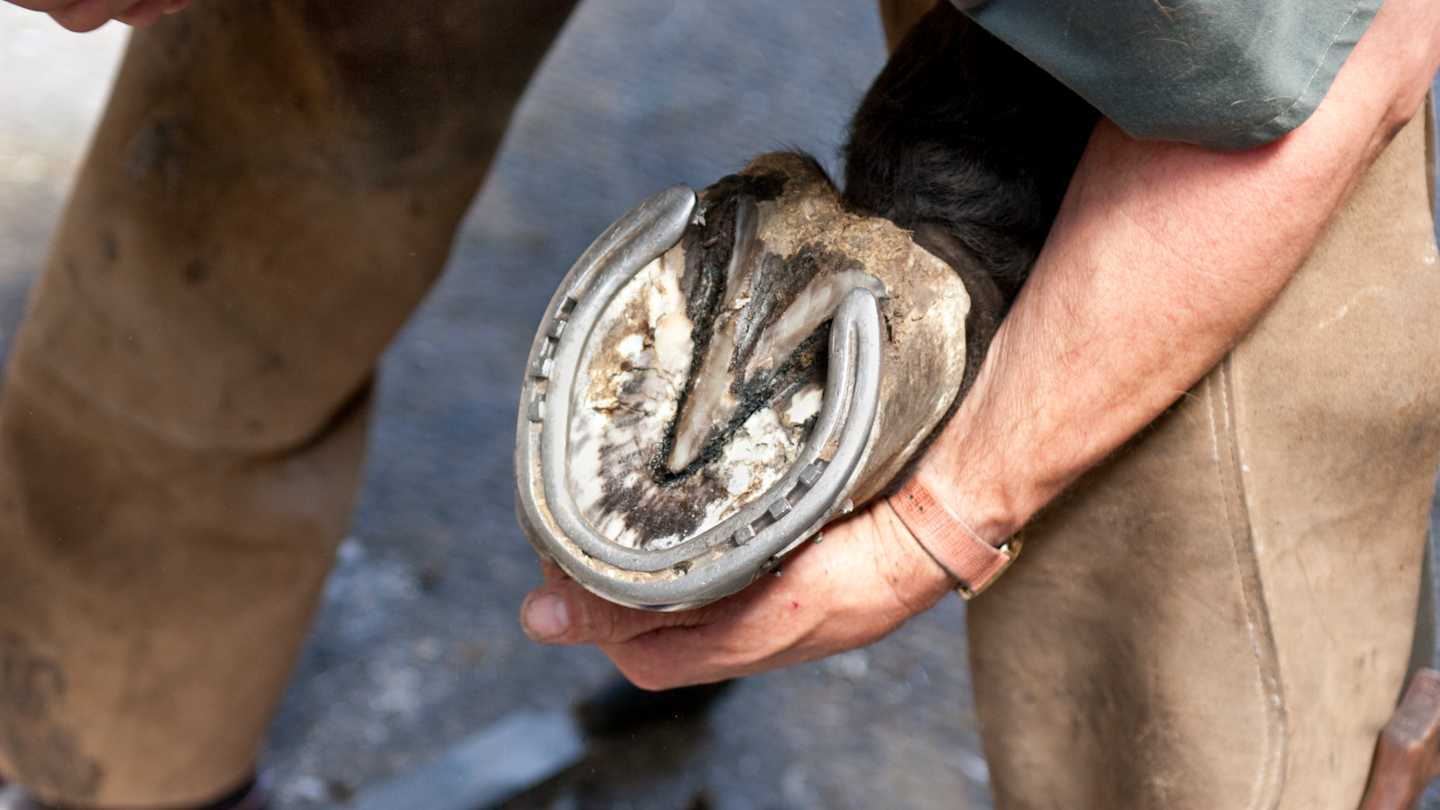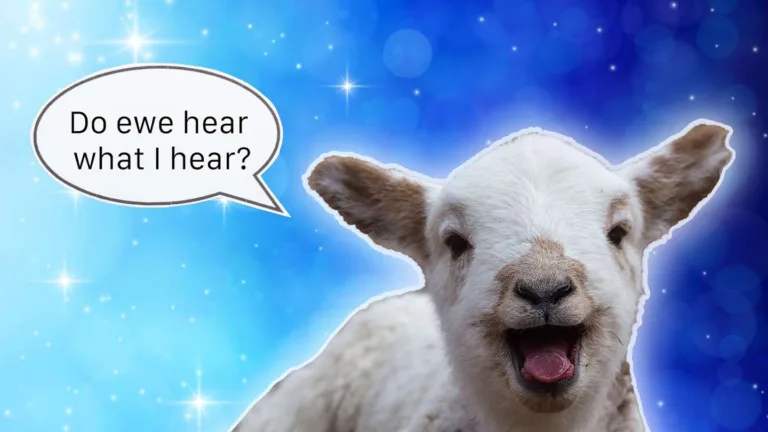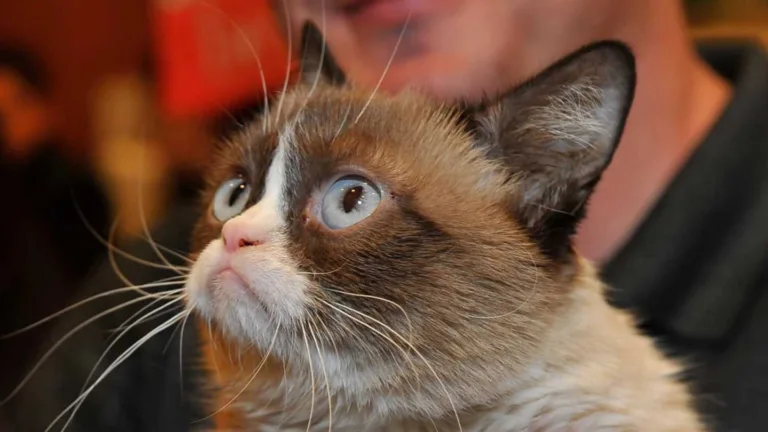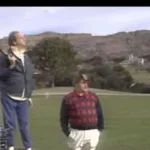Have you ever wondered why horses proudly sport their shoes while cows Seem Perfectly Content Going barefoot? It’s a question that sparks curiosity and leads us to explore the fascinating differences in the lives of These Two Hoofed Creatures. While both animals share a common ancestry and certain physical characteristics, their roles in human societies have evolved to necessitate distinct needs when It Comes To Foot Protection.
Horses, Our Trusty Companions Throughout History, have been bred and trained for various tasks requiring endurance and agility on diverse terrains. From pulling carriages to competing in races, these magnificent creatures often navigate rough surfaces and endure strenuous activity. This puts significant stress on their hooves, leading to faster wear than natural Growth Allows.
On the other hand, cows primarily graze and engage in less demanding activities compared to horses. Their natural lifestyle doesn’t typically require the same level of protection for their hooves. Why don’T Cows Wear Shoes, you ask? Well, their hooves are designed to withstand the pressures of their everyday life, and regular trimming every six months keeps them healthy and functioning optimally.
The Need For Horse Shoes
So, Why Do Horses Need shoes? It all boils down to the demanding nature of their work and the impact it has on their hooves. Imagine a horse pulling a heavy carriage across cobblestones day after day – that’s a lot of wear and tear!
The constant pounding and friction can Lead To Cracks, chips, and even infections if left unprotected. Shoes act as a shield, safeguarding the delicate hoof structure from These Hazards. They also provide crucial support for horses with medical conditions like arthritis or laminitis, which can make their hooves more vulnerable. Think of them like specialized boots designed to keep those hardworking feet healthy and strong. Even horses with naturally sturdy hooves Benefit From Shoes, as they can help maintain balance and prevent uneven wear patterns caused by different gaits and terrains.
 10 Interesting Facts About Deer: From Antlers to Diet
10 Interesting Facts About Deer: From Antlers to DietEssentially, horse shoes are a vital tool for ensuring the well-being and performance of these magnificent animals. They allow horses to continue doing What They Do Best – Carrying Us, Working Alongside Us, and inspiring us with their grace and strength.
Hoof Health and Domestication
The need for horse shoes stems in large part from the very act of domestication itself. Over centuries, horses have been selectively bred for specific tasks and traits, often leading to changes in hoof structure and resilience compared to their Wild Ancestors. Their hooves have adapted to the demands placed upon them by humans, but this adaptation isn’t always enough to withstand the rigors of modern life.
Think about it: a horse grazing freely in open fields experiences a different kind of wear than one pulling a cart through muddy streets or competing on an arena surface. Why do horses need shoes but Not Cows? It’s a matter of environment and purpose. Cows, with their primarily grassy lifestyle, haven’t undergone the same level of Hoof Specialization As Domesticated Horses. Their hooves are naturally well-Suited To Their Activities, Requiring Less Intervention.
Domestication has undoubtedly shaped both horse and cow hooves, but the extent to which each species requires external support is a testament to the diverse ways these animals interact with humans and their environment.
Cow Hooves: Less Demanding Activities
Cows, with their gentle grazing lifestyle, simply don’t put the same amount of stress on their hooves as horses do. Imagine a cow leisurely munching grass in a pasture – it’s a far cry from a horse pulling a heavy load or galloping across a rocky terrain. Their primary activities revolve around eating, resting, and social interaction, all of which require less impact on their feet compared to the Strenuous Tasks Horses Often Undertake.
This doesn’t mean cow hooves are completely immune to wear and tear. They do need regular trimming every six months to maintain their health and prevent overgrown nails. However, the overall structure and function of a cow hoof are well-suited for their natural activities, Making Why don’t cows wear shoes a perfectly valid question!
Their thick soles provide ample cushioning Against Uneven Ground, while their broad hooves distribute weight effectively, minimizing stress on individual points.
Historical Exceptions: Oxen and Draft Work
While most cows happily go barefoot, history offers a fascinating exception: oxen. These strong and sturdy bovines were Historically Used As Draft Animals, pulling heavy loads in agriculture and transportation. Their hard work demanded extra protection for their hooves just like horses!
To withstand the intense pressure and wear caused by pulling plows, carts, or wagons, oxen were often shod with two Separate Shoes Per Foot. This provided additional support and durability, allowing them to continue performing their Vital Roles. It’s a testament to the adaptability of hoof protection based on an animal’s specific needs and tasks.
This historical practice highlights the fact that even within the same species, requirements for hoof care can vary greatly depending on lifestyle and workload. Just as why do horses need shoes but not cows might seem like a straightforward answer, the story of oxen demonstrates that exceptions exist based on unique demands and working conditions.
Natural Protection Versus Artificial Support
The contrasting needs of horses and cows for hoof protection raise an Interesting Question: is there a fundamental difference between natural protection and artificial support?
While both systems serve the vital purpose of safeguarding hooves, Their Approaches Diverge. Cows rely primarily on their naturally Robust Hooves, designed to withstand the wear and tear of their everyday activities. This inherent resilience speaks volumes about the effectiveness of evolutionary adaptation! Horses, on the other hand, Often Require Artificial Support through shoes due to the intensified demands placed upon their hooves by human-Driven Tasks.
This highlights a delicate balance between respecting an animal’s natural defenses and providing necessary assistance when those defenses are pushed beyond Their Limits. It’s a reminder that even in Domesticated Animals, understanding their unique needs and adapting care accordingly is crucial for their well-being.










